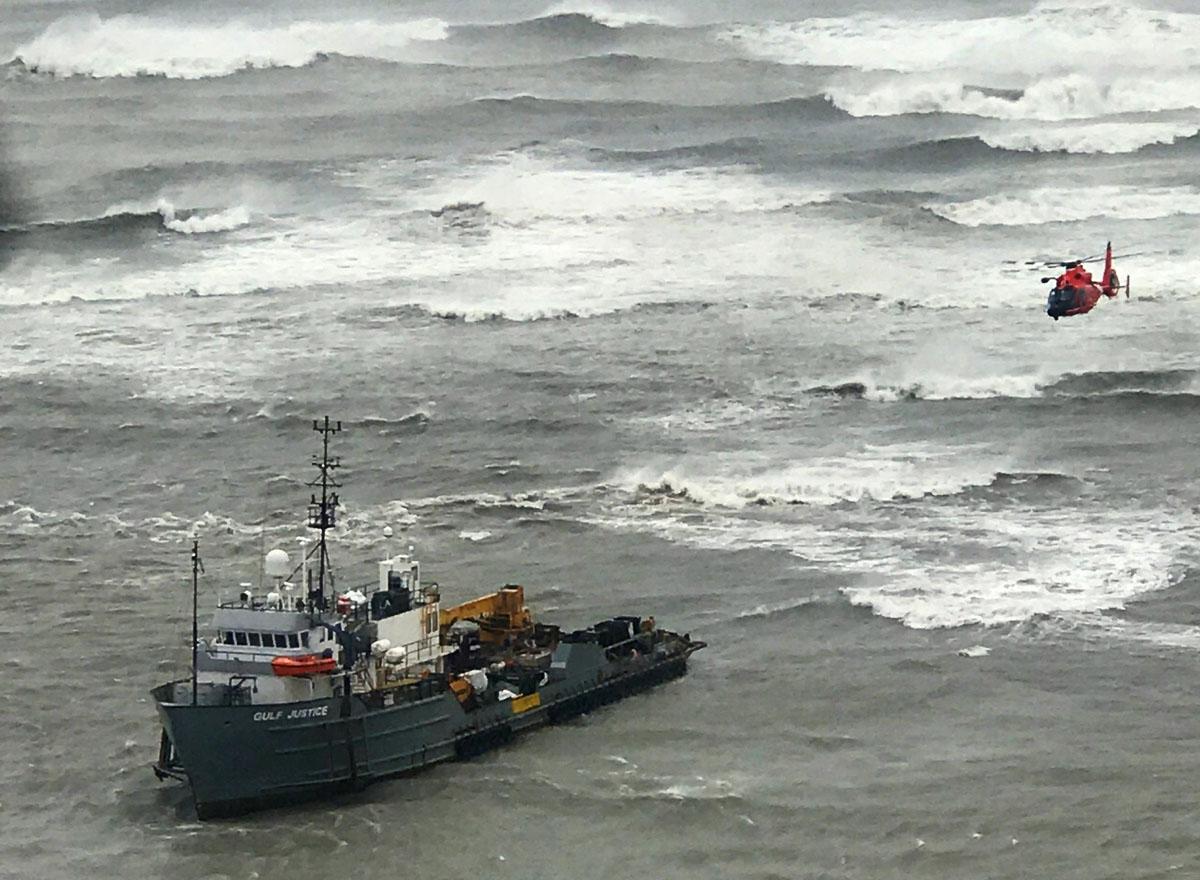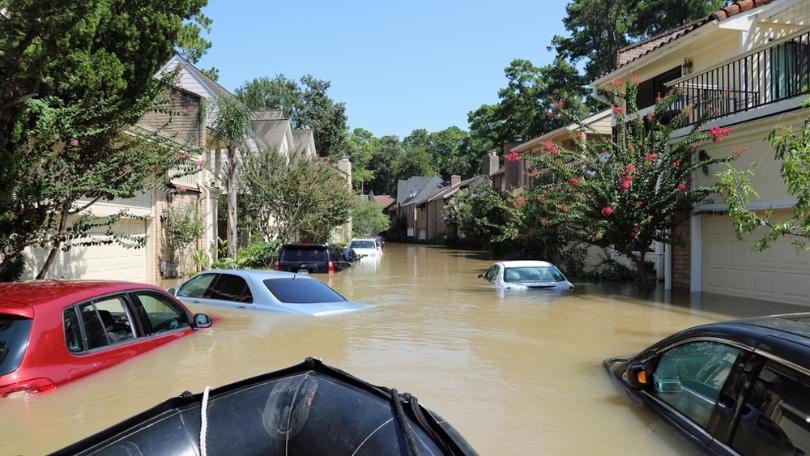Hurricane Harvey will be remembered as “the first” as well as “the worst.”
It was the first major hurricane to make landfall in the US in a dozen years, and the level of destruction from the Category 4 hurricane was nothing short of historic for the Lone Star State. “This will be a devastating disaster, probably the worst disaster the state’s seen,” said William“Brock” Long, administrator of the Federal Emergency Management Agency. “The recovery to this event is going to last many years to be able to help Texas and the people impacted by this event achieve a new normal.”

US COAST GUARD/AFP/GETTY IMAGES
And there is no rest for the weary. Another storm has already moved through the Caribbean and Florida, less than two weeks after Hurricane Harvey hammered Texas and Louisiana. Hurricane Irma’s 180-MPH winds make it one of the strongest storms ever recorded in the Atlantic Ocean. It is no coincidence that September is National Preparedness Month.
Disasters bring emergency response and emergency services infrastructure to the forefront. While there is not a Public Works panacea for storms of this magnitude, there are plans for preparedness, on-call consultants for damage assessments, funding applications for emergency relief, and designs for project-specific repairs.
“Hazard mitigation measures are any sustainable action taken to reduce or eliminate long-term risk to people and property from future disasters,” FEMA notes. “Studies have shown that every $1 spent equals $4 of future damages mitigated.”

FEMA News Photo
Many agencies also prepare for catastrophes by having consultants ready to monitor and direct the clean-up process. IMS covers many RFPs for Disaster Debris Monitoring Services. This work often includes damage assessments, training, and emergency planning. For example, Florida City is currently seeking a consultant to provide disaster debris monitoring, disaster management, and recovery services. (IMS 397882)
Similarly, City and County of San Francisco recently released an RFP for a pool of construction specialists, engineers, and geologists for as-needed work in the event of an emergency. (IMS 387987)
These plans and rosters of on-call consultants can be put in place before disaster strikes. Other elements of the A/E/C industry’s role in disaster management come later. Funding applications must be completed for agencies to receive disaster-related aid. And agencies seek consultants for grant management and administration services. After severe storms hit California’s Bay Area, the East Bay Regional Park District sought consultants to provide project management, design, and environmental services for approximately 70 projects funded by FEMA. (IMS 380725)
In Texas, the City of Springtown is seeking a consultant to provide engineering services for application development and engineering services for funding through the Community Development Block Grant – Disaster Recovery Program from the Texas General Land Office. (IMS 397771)
The path to rebuilding a city or region can be a long one. Repairs are needed for roads, facilities, and even water/wastewater systems. Napa County, California is dealing with those needs after a storm event in 2017 by hiring a consultant to conduct site damage assessments, develop repair options, and prepare plans and cost estimates. (IMS 375791)
IMS is tracking local budgets for damage assessment and monitoring services, federal grant awards for future planning projects, and other relief efforts that lead to architectural and engineering projects. This research informs IMS’ Advance Notices and is available through the Client Portal. Disasters cannot be avoided, but they can be mitigated. Lives can be saved and communities can be spared. And the A/E/C industry will be there from the planning process through the restoration of our infrastructure.

